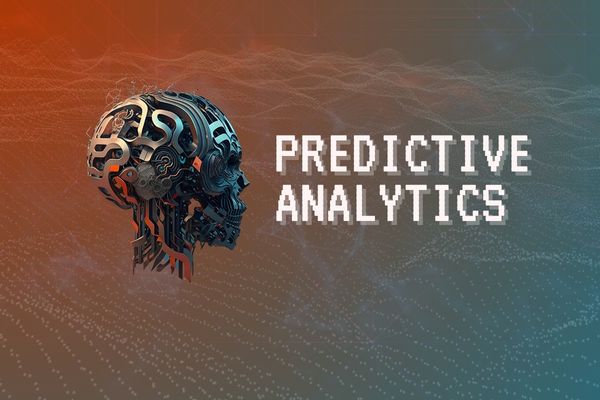
Predictive Analytics: The Game-Changer for Informed Decision-Making
Until recently, organizations faced significant challenges in making accurate predictions about the future. Establishments relied on guesswork, intuition, or historical trends, which often led to missed opportunities and inefficient decision-making. But now, with predictive analytics, businesses can make informed decisions, optimize operations, and increase customer satisfaction. Predictive analytics is a game-changer for businesses. It's a process that uses historical data, statistical algorithms, and machine learning to predict future outcomes. In this article, we'll explore the basics of predictive analytics and its practical applications, so let's dive in!
Basic principles
The foundation of predictive analytics is historical data. Organizations must first collect and store relevant data from a variety of sources, including customer interactions, sales records, social media, and other external sources. Once the data is collected, it must be processed and analyzed to identify patterns and relationships. This analysis involves statistical techniques such as regression analysis, clustering, and decision trees.
Another key principle of predictive analytics is machine learning. Machine learning algorithms are used to analyze the historical data and identify patterns and relationships that can be used to make predictions about future outcomes. Machine learning algorithms can be supervised, unsupervised, or semi-supervised, depending on the availability of labeled data.
The final principle of predictive analytics is the development of predictive models. Predictive models are mathematical representations of the relationships between variables in the historical data. These models can then be used to make predictions about future outcomes based on new data.
According to a survey by the analytics software company SAS, the most commonly used predictive models are regression analysis (59%), decision trees (43%), and clustering (36%). Additionally, the survey found that the most common applications of predictive analytics are marketing (47%), risk management (45%), and customer service (35%).
Commonly used techniques
Regression analysis
Regression analysis is a statistical technique used to model the relationship between a dependent variable and one or more independent variables. The goal of regression analysis is to identify the strength and direction of the relationship between the variables and to use this information to make predictions about future outcomes. Regression analysis is often used in marketing, economics, and finance to forecast sales, revenue, and financial performance.
Classification
Classification is a machine learning technique that involves identifying which category or class an object belongs to, based on a set of features or attributes. Classification algorithms are used in a variety of applications, including fraud detection, image recognition, and spam filtering. Some common classification algorithms include logistic regression, decision trees, and random forests.
Clustering
Clustering is a machine learning technique used to group similar objects together based on their features or attributes. Clustering algorithms can be used to identify customer segments, detect anomalies, and group similar products together. Some common clustering algorithms include k-means clustering, hierarchical clustering, and density-based clustering.
Time series analysis
Time series analysis is a statistical technique used to model and analyze time series data. Time series data is data that is collected over time, such as stock prices, weather patterns, or website traffic. Time series analysis is used to identify patterns and trends in the data, make forecasts about future trends, and estimate the impact of different variables on the data. Some common time series analysis techniques include Autoregressive Integrated Moving Average (ARIMA) models, exponential smoothing, and trend analysis.
Applications of predictive analytics
Fraud detection
Predictive analytics can be used to detect and prevent fraudulent activity in a variety of industries, including finance, insurance, and healthcare. By analyzing patterns and trends in large data sets, predictive models can identify transactions or claims that are likely to be fraudulent, allowing organizations to take action before any harm is done.
Customer Relationship Management
Predictive analytics can be used to improve customer relationship management by identifying customer segments with high lifetime value or churn risk. By analyzing customer data such as purchase history, demographic information, and web behavior, predictive models can help organizations tailor marketing messages and promotions to specific customer segments, resulting in increased loyalty and revenue.
Supply chain management
Predictive analytics can be used to improve supply chain management by optimizing inventory levels, predicting demand, and reducing lead times. By analyzing historical data on sales, inventory, and production, predictive models can help organizations identify areas for improvement in the supply chain, resulting in lower costs and increased efficiency.
Healthcare
Predictive analytics can be used to improve healthcare outcomes by identifying patients at risk of developing chronic conditions or complications. By analyzing patient data such as medical history, lab results, and demographic information, predictive models can help healthcare providers identify patients who are most likely to benefit from targeted interventions, resulting in better health outcomes and lower healthcare costs.
Predictive analytics has revolutionized the way organizations make decisions by providing insights into patterns and trends that were previously difficult to identify. By leveraging the power of machine learning algorithms and big data, organizations can improve their operations, optimize their supply chains, and increase customer loyalty. As predictive analytics continues to evolve, it will become an even more valuable tool for organizations looking to stay ahead of the competition and make data-driven decisions. With the right approach, predictive analytics can help organizations unlock new opportunities and achieve greater success in the years to come.
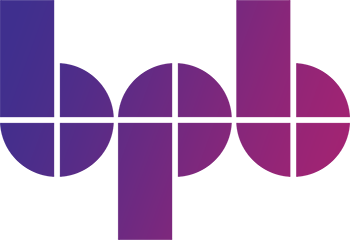
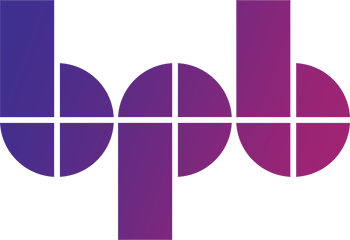
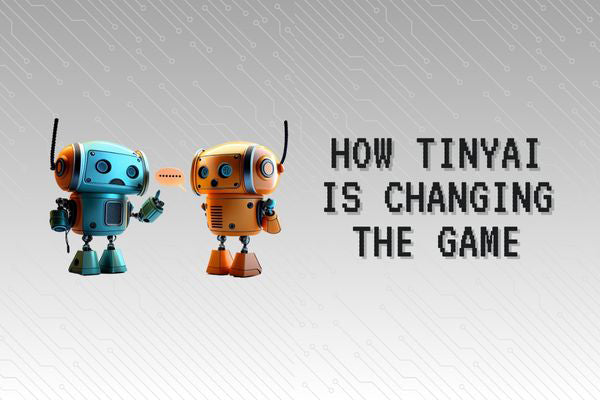
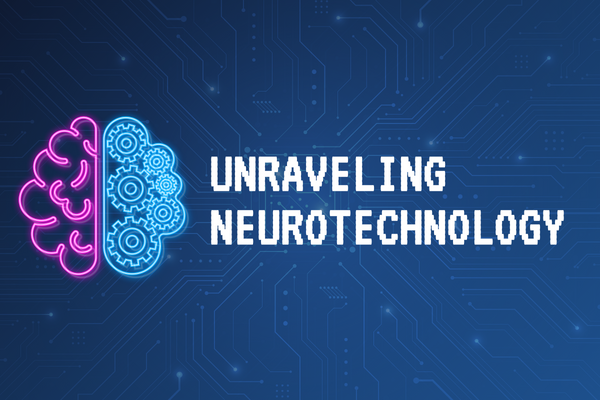
Leave a comment
This site is protected by hCaptcha and the hCaptcha Privacy Policy and Terms of Service apply.